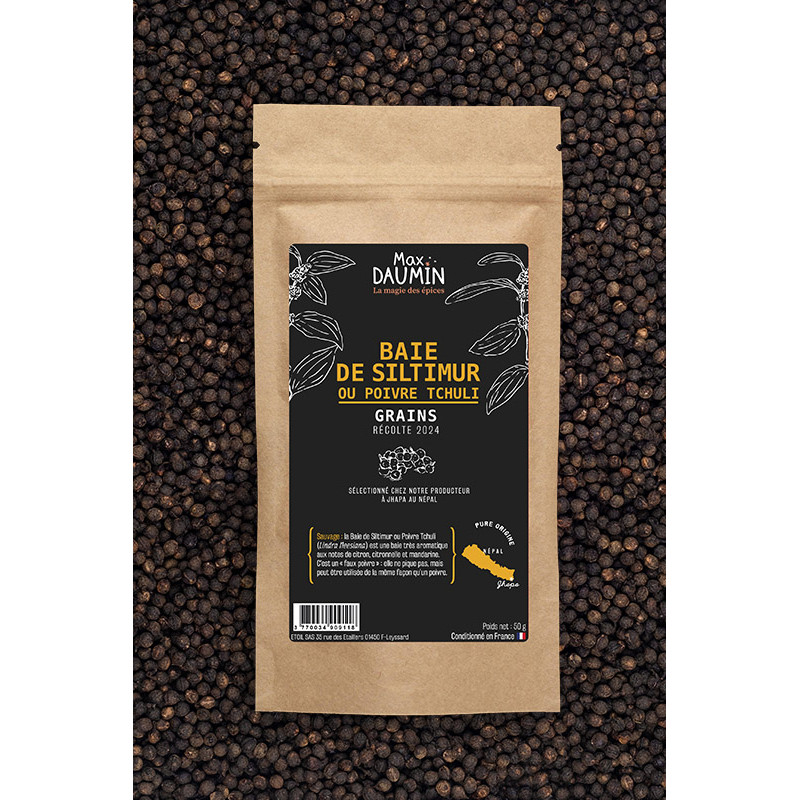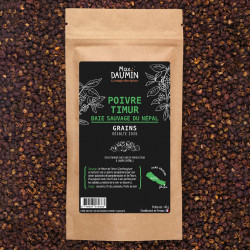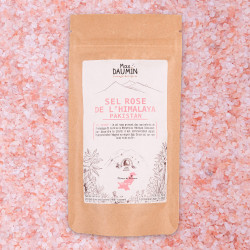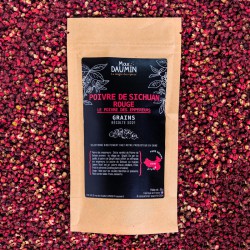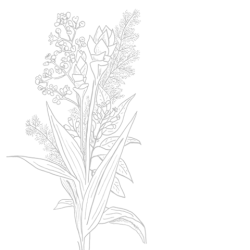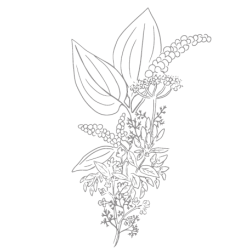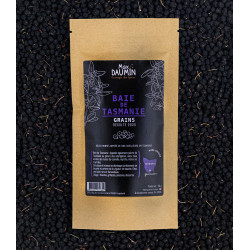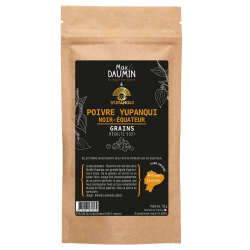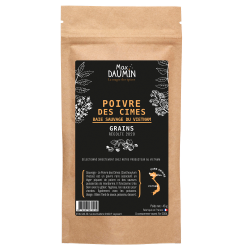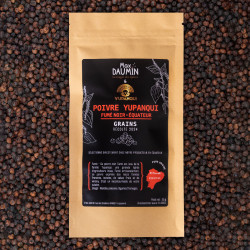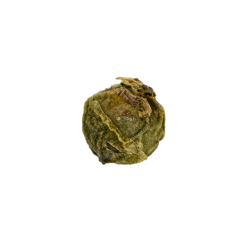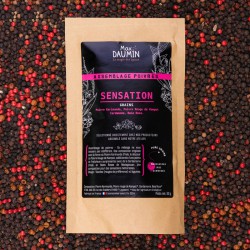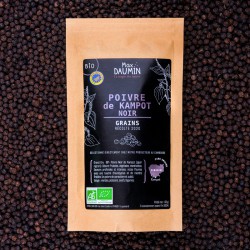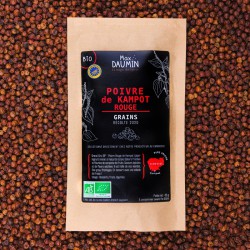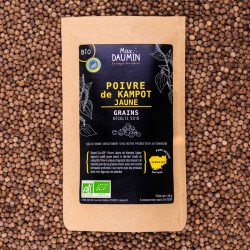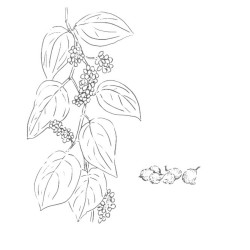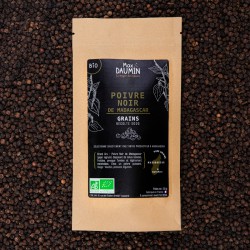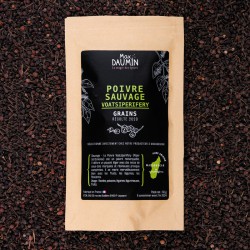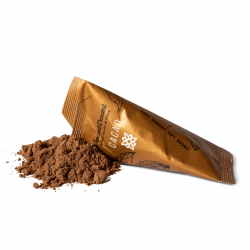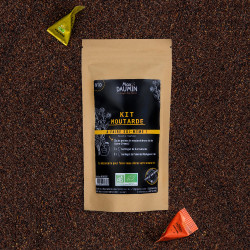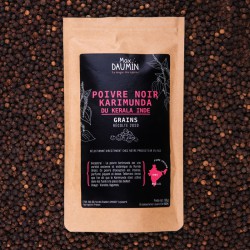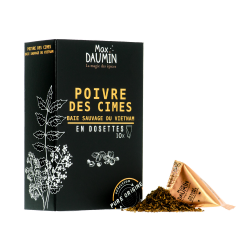SilTimur berry or Tchuli pepper
Siltimur Bay is a suave, bewitching berry. It exudes clean lemon and lemongrass scents, with base notes of mandarin and citron. Sometimes called Tchuli pepper or “lemon” pepper, it doesn't sting at all. On the palate, its flavor is in phase with its fragrances: we taste its straightforward lemon and lemongrass flavors, followed by spicy and slightly mentholated notes.
Like Timur, this marvel comes directly from Nepal. The Siltimur berry is harvested wild in mid-mountain regions. It is mainly found in west-central Nepal, in the Kavrepalanchok and Sindhupalchok regions.
We've just received it, freshly harvested.
-
Net weight : 50g
-
Usage : Stews, Currys, Fish, Seafood, Desserts, Pastries, Fruit

History
Plant & perfume
Siltimur (Lindera neesiana) is a deciduous tree 5 m to 10 m tall. It grows in mid-mountain regions at altitudes ranging from 1,500 to 2,700 meters. It is mainly found in the Kavrepalanchok and Sindhupalchok regions.
The plant starts flowering in April, with small yellow flowers reminiscent of our cherry blossoms. The fruit then develops throughout the summer, ripening in early autumn. The initially red fruits are picked when fully ripe, when they turn brownish-black or even rust-colored. They are then dried naturally on racks.
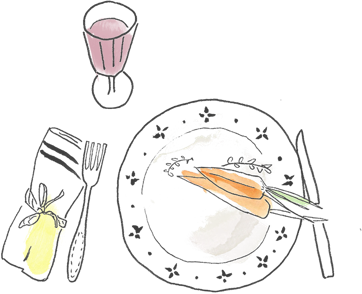


Benefits
Cooking and Virtue
The plant is aromatic and spicy, and the leaves are used as a carminative. In traditional Nepalese medicine, the fruit is usually chewed and used to treat diarrhea, toothache, headaches and gastric disorders. It is also used to eliminate intestinal parasites and to treat vegetable poisoning in livestock.
In Nepalese cuisine, the siltimur berry is used either as a pepper or as a spice. When used as a pepper, it is used as a final spice, crushed at the last minute to add to dishes. When used as a spice, it is added to dishes, including chutneys and pickles, often in combination with the fresh citrus flavour of the Timur berry. Siltimur is also used as a seasoning for white meats, fish and seafood.
This berry works perfectly with vegetables and salads. It's also delicious in a coconut milk curry.

Origins
A long journey
Wilhelm Sulpiz Kurz, a Bavarian botanist, nomenclatured this species in 1875. It was classified in the genus Lindera. This genus comprises mainly tree and shrub species from Asia.
The Stilimur berry (Lindera neesiana (Wall. ex Nees) Kurz) is found mainly in Nepal, but also in China and India.
This berry is still little-known. It is tending to be democratized by the growing popularity of Nepal's other incredible berry: the Timur berry or pepper (sometimes called Timut).


You might also like

16 other products in the same category:

Customers who bought this product also bought:

